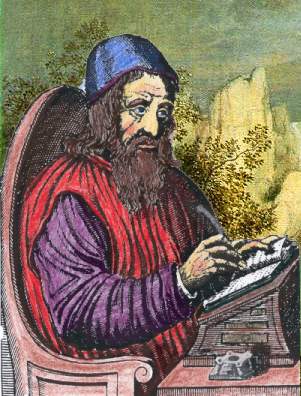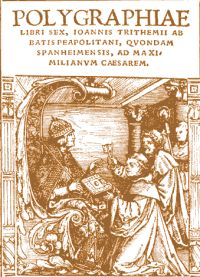


|
SERVICES | PAYMENT | COURSES | BOOKS | CONTACT | SEARCH |

|

|
| Christopher Warnock, Esq. |
| HOME |

|

|
|
De Septum Secundeis:
Trithemius' Astrological History |

|
|
Trithemius' Steganographia
Book I (Latin) |
|
Trithemius' Steganographia
Book II (Latin) |
|
Trithemius' Steganographia
Book III (Latin) |
 |
| Web Site Search |
| Trithemius |

|
|
